SummaryAirport Rating ***** Reception of locals **** Cost: £££
The influence of BoratOf all the places in the world that I thought I would visit, or that I hoped I would visit, I'll admit, I didn't think that Kazakhstan would be one. After all, how many times do we - particularly those of us in the diaspora - hear about Almaty or Astana. In fact, my main exposure to Kazakhstan was through the channel 4 series and the subsequent film called Borat, and we all know the picture that it paints. It's a shame, because after visiting Kazakhstan, I realise that the film did the country dirty. For me, Kazakhstan is a beautiful country with a lot to offer. The people are generally friendly, there are a lot of outdoor activities, and the cities are rapidly modernising. That's not to say it isn't without its faults. The country has been run by an autocrat for most of its existence (although things are changing) and there are likely to be many human rights abuses that makes the lives of activists in the country quite difficult. There is also significant corruption which stagnates the growth of a country that is sitting on plentiful natural resources. The city of Almaty itself is not that old. Although the area has been inhabited for millennia and it likely was an important stop over point in the ancient and medieval silk roads, it wasn't until the Russians founded a fort and named the settlement Verny did the city come into modern day records. After a long time under Russian and Soviet rule, the city developed along Soviet lines with uninspired architecture, and tough times for ethnic Kazakhs as many of their raw materials were exported to Russia in order to enrich the strongest country in the union. Most people, especially elders, speak both Russian and Kazakh, with fewer people - mostly youngsters - able to speak English. Kazakhstan was one of the last of the constituent countries to declare its independence from the Soviet Union, although it has remained tightly aligned with Russia over the years. Development was initially slow, although it has quickened recently, but endemic corruption continues to be a drag on growth. Airport to AlmatyThe airport remains very Soviet in design, and in many ways it reminded me of the airport in Hanoi in Vietnam. It's not a very friendly or welcoming place, and even in the middle of the night the queues for passport control were very long, and very slow moving. Of all the countries that I have visited, I've never seen any spend so much time on each individual to determine whether they are suitable for entry (and even exit). One surprising thing I saw was a group of Sikhs. While there is no real Sikh community in Kazakhstan and there are no Gurdwaras in Almaty or Astana, while I was waiting in line in immigration. I saw about 7 or 8 Singhs, all young, probably late teens and early 20s, all with dastaars, and while they were slim, they were tall and relatively broad in stature. It felt like I was looking at the type of Singhs I would read about in history books, their features matching the descriptions of Sikhs I had read about in British and Iranian sources. Other than a Fateh, I didn't have the opportunity to interact with them and find out what their plans were. Other than the long line in immigration, I didn't have much issues at all, and there were no secondary security checks and the whole process in the airport was relatively smooth and easy. Heading into the city wasn't a huge problem either, although you should probably book a driver in advance. Outside the airport the place is chaotic with cars almost driving on top of each other to get through thick queues. The traffic is something that I had to get quickly used to - this was easily one of the worst cities I've been to in relation to traffic, almost as bad as Lagos in Nigeria, or Nairobi in Kenya. There is a metro system, but it is very small and serves just a few miles and several stops. Almost everyone uses cars as the cost of petrol in this oil rich country is heavily subsidised. I used the Yandex taxi app to get around the city and it works great, just as good as Uber, the big difference is the cost. You can get to almost anywhere in the city for a couple of pounds. I took a lot of taxis to move around the city and even 30-40 minute drives didn't cost more than 1000 Tenge which is about £2. The city doesn't have a long-recorded history, so there isn't much in the way of famous attractions, although the area surrounding the city is said to be the home of the apple tree that gave rise to the fruit that is used around the world today. Even the name of the city means "apple mountain," or "full of apples" and locals are very proud of this. The other area of pride is their love of nomadic culture and horses. In this way they are similar to Sikhs and in particular the Nihang Singhs. Where their practices differ somewhat starkly is that horses are not only loved alive but are also considered a staple meat after death. Horsemeat is absolutely everywhere. The food in Almaty is a mix of Russian, Caucasus, and Central Asian food and isn't a particularly strong point of the city. But that's not to say there isn't anything to experience. Cool cathedralsI headed to Almaty's most famous landmark first, The Ascension Cathedral, which is also known as Zenkov Cathedral. The cathedral sits within Panfilov Park, and the setting itself felt a little strange. Often you see magnificent cathedrals like this located in major city squares, but this was hidden away in the middle of a city centre park, rising from among the trees. It's a stunning Russian Orthodox cathedral that holds historical and cultural significance for the city and the country as a whole. The cathedral is considered one of the largest wooden buildings in the world - as impressive as the Kiyomizu Temple in Kyoto that I visited earlier this year - and stands as a testament to architectural beauty and religious heritage of the city. Construction of the Ascension Cathedral began in 1904 and was completed in 1907 under the supervision of the Russian engineer Andrei Zenkov. The cathedral was commissioned by the Russian Orthodox Church and was designed in the distinctive style of Russian medieval architecture. The colourful exterior looks like a distinctly Russian building. It was built entirely without the use of nails, using an ancient technique known as "horsetail," where wooden logs are interconnected using interlocking joints, not too dissimilar to Kiyomizu Temple. The cathedral's exterior showcases intricate woodwork and exquisite craftsmanship. Its design is characterised by onion-shaped domes adorned with golden crosses, ornate carvings, and vibrant colours. The wooden walls are meticulously carved with decorative motifs, and the overall architectural style reflects the Byzantine and Russian influences prevalent in Orthodox church architecture. The cathedral is pretty big at 56 metres tall, and its central dome reaches a height of 36 metres which is topped with a golden cross, adding to the grandeur of the structure. Inside, the Ascension Cathedral is just as beautiful as it is on the outside with a breathtaking interior adorned with beautiful religious icons, frescoes, and detailed woodwork. The paintings on the wall depict scenes from the Bible, including the life of Jesus Christ, the saints, and various biblical events. The frescoes are meticulously executed, capturing the emotions and narratives of the religious stories they portray. The focal point of the interior is the iconostasis and the icons on the iconostasis depict different saints, angels, and scenes from the life of Christ. It's incredible as a warm light permeates through the windows into a darker exterior, but this light reflects off the shimmering gold leaf giving the whole room an opulent feel. The interior of the Ascension Cathedral also features a series of chandeliers that hang from the high wooden ceiling. These chandeliers, adorned with crystal prisms, cast a warm and enchanting glow over the space, further enhancing the spiritual ambiance. I've had the pleasure of visiting some gorgeous cathedrals on my travels from cities in Brazil in the west, all the way to the Pacific Coast in the east, and this cathedral, while smaller than some of those I've seen in Europe, is just as memorable as any other and no less beautiful. It's definitely worth seeing in person. Picturesque parksThe cathedral sits within Panfilov Park, a picturesque urban park that holds great historical and cultural significance for the city. The park is named after the Panfilov Heroes, a group of 28 soldiers who fought against the German invaders during the Second World War, and the park serves as a memorial to their bravery in battle. The park covers an area of approximately 18 hectares and was very green with well-maintained pathways. It's not as big as some of the large parks in major European cities, but it is well looked after. I walked through the park on a several occasions, and it was never too busy, with people spending their time hanging out with friends, going for a run, and having picnics on the grass. At the center of Panfilov Park stands the Memorial of Glory, a very...strong...monument built in honour of the Panfilov Heroes. It's pretty in your face kind of stuff, but I guess that is what it is supposed to be. The monument consists of a tall granite obelisk adorned with bronze plaques commemorating the soldiers who defended Moscow during the war. The eternal flame burns at the foot of the monument, symbolizing the everlasting memory of the fallen heroes. Even during a visit on a rainier day, the flame was still burning. Panfilov Park also features various other points of interest, including a musical fountain, children's playgrounds, and places where people can relax and unwind. I've heard that during the summer months, the park hosts cultural events, concerts, and festivals, similar to city centre parks in other major cities that I have visited. Magnificent museumsA few steps from the memorial is the Museum of Folk Music Instruments a unique cultural institution dedicated to preserving and showcasing the rich musical heritage of the region. The museum is located in a historic building known as the "Kukeldash Madrasah," which adds to the cultural and historical significance of the institution. The Kukeldash Madrasah dates back to the 19th century and was originally constructed as an Islamic religious school during the time of the Russian Empire. The building features traditional Central Asian architectural elements, including a rectangular layout, a central courtyard, and intricately decorated façades. The building housing the museum is around 150 years old, although it has gone through several renovations during that time. The museum houses a vast collection of folk musical instruments, carefully curated and displayed to provide a comprehensive overview of the country's musical traditions. The exhibits highlight the diversity of Kazakh music, ranging from ancient nomadic melodies to contemporary compositions. You follow a path that takes you through several different rooms, and you can see the whole place in under an hour. The collection includes string instruments such as the dombra, a traditional two-stringed instrument considered the national symbol of Kazakhstan. The dombra is known for its melodic tones and is often played during festive occasions and cultural performances. The museum also features a variety of wind instruments, including the sybyzgy, a traditional Kazakh flute, and the zhetygen, a wind instrument made from sheep or goat horns. These instruments were historically used by nomadic herders and played an integral role in the daily life and rituals of the Kazakh people. You can also see musical instruments from surrounding regions, and one exhibit had instruments from the subcontinent, including musical instruments that play a key role in Sikhi such as a rabaab, sarangi, harmonium, and tabla. It was great to see such beautiful instruments up close and displayed with such respect. The other museum that I was visited was the Almaty Museum, a small museum that tells the story about the history of the city. The building that houses the museum is probably more interesting than the contents inside as it is a former orphanage that is over 100 years old. Inside, the museum reflects the relative lack of recorded history of the city, with most exhibits being virtual exhibits with text to read on digital screens. Both museums cost 500 Tenge which is just under £1 so they are very affordable. Opulent opera housesI'm not really an artsy person, and if you've read my blog long enough you know my tastes are pretty basic, but as part of my time in Almaty I had an opportunity to attend two opera shows - one a classic ballet, and the second a more modern style musical at the Abay Opera House, the most famous arts and performance centre in Kazakhstan. I'll be honest, I fell asleep during one of the performances, and while I managed to stay awake in the other, I'm not sure these things are made for me, that being said just seeing the inside of the opera house is an experience worth doing and at £12 per show, it might be worth seeing just one if you're around. The architecture in Kazakhstan is a mix of Soviet style and modern and while it's an interesting mix, it isn't that aesthetically pleasing. Some of the buildings look like they should have been torn down 30 years ago, others look like they were constructed in a rush to make the city feel more modern. It's precisely because of this, that any small pocket of beauty - like the museums that I've described above, or this opera house - really do stand out. The Abay Opera House was built in 1934 and is situated in a beautiful neoclassical building with its grand façade, adorned with columns and intricate detailing. It's a very nice-looking building although in many other cities it likely wouldn't stand out too much. The interior, however, would absolutely hold its own against comparable buildings in other cities - including those in Europe. Much like the inside of the Ascension Cathedral, there is a golden hue that carries itself throughout the corridors. The ceilings are beautifully decorated including one which looks like a representation of the sky indoors. There are large chandeliers, grand columns, and expensive paintings through the buildings. You could best describe it as 'posh'. Bustling bazaarsAnother famous city centre landmark is the Green Bazaar, a bustling and vibrant marketplace. The bazaar has been the centre of commerce in the city for over a century and it's not hard to see why. As you step into the Green Bazaar, you are immediately greeted by a kaleidoscope of sights, sounds, and aromas. The market is a treasure trove of all sorts of things, spices, nuts, fruits, meat, as well as clothes, shoes, toys, and gadgets. Each vendor sets out their stalls beautifully, trying to entice passersby to buy something. Let's start with the good, and that is definitely the section containing fruits and vegetables. As soon as you walk in the whole place feels 'exotic' with strong colours and smells, an exciting energy, and the hustle of haggling. There were fruits and vegetables that I had never seen before, and of course, there were apples everywhere! Nearby, the stalls with spices smell so good as you walk past them, and unlike bazaars in middle eastern countries, there is no pushy selling. Aside from food items, the Green Bazaar offers an assortment of goods and merchandise. You can find traditional Kazakh clothing, handmade crafts, household items, and souvenirs that reflect the local culture and craftsmanship. You can also buy everyday goods from toys, to clothing to cleaning equipment. Apart from the room with fruits and vegetables, I found the rest of the bazaar very underwhelming. It's not a bad thing - this shouldn't be a tourist attraction, it's a place for local people to buy local goods, and it does that well - but because of that, it isn't too dissimilar to any indoor market in your local town or city back home. Mesmerising mosquesA couple blocks from the bazaar is the Almaty Central Mosque, a significant religious and architectural landmark in the city. Kazakhstan is majority Muslim, with a sizeable Christian population consisting largely of Russians, so it's no surprise to see a large mosque in the largest city of the country. The construction of the Almaty Central Mosque was completed in 1999, making it a relatively modern structure. The design of the mosque reflects a blend of traditional Islamic architectural elements with contemporary influences. The grandeur of the mosque's exterior is characterized by its elegant domes, intricate minarets, and a spacious courtyard that can accommodate a large number of worshippers. Walking in, the large doors at the entrance made me feel tiny, and once you're inside the main prayer hall is huge (although not quite as large as the one in Astana that I'll cover in an upcoming article). The mosque's main prayer hall is adorned with beautifully crafted geometric patterns, calligraphy, and delicate floral motifs. The interior space is large, and when I visited there must have been at least 50 people in the hall and it still felt sparse. The decorations, although beautiful, felt much scaled down in tone compared to the mosques I had seen in Istanbul. That being said, it's a beautiful building and if you're in the city, it is worth seeing. Hiking hillsNear the city centre is the Kok Tobe Hill, standing at an elevation of approximately 1,100 metres, it offers stunning panoramic views of the city and the surrounding mountains. To reach the top of Kok Tobe Hill, visitors can take a cable car ride from the base of the hill, although annoyingly it was closed during my visit. I took the alternative route of taking a taxi to the other side of the hill, but the taxi does not take you all the way to the top as the roads are blocked. After reaching the road block you have two options, to take a bus or to walk. The buses are in actuality small minivans that wait at the top and bottom of the hill. I decided to take a walk instead and it's relatively straight forward, although if you have trouble with inclines I would recommend the bus. The walk took about half an hour and although doable, it can get steep in parts. That being said, there are plenty of points to stop over and see breathtaking vistas of Almaty's skyline, the vast landscapes, and the majestic Tian Shan mountains in the distance. As you ascend, you can observe the cityscape gradually unfolding before your eyes, an amazing experience. Once you arrive at the top of Kok Tobe Hill, you will find a vibrant and lively atmosphere. The hill is home to several attractions, from parks to a Ferris wheel, to mini-golf, arcade games, and even a pretty impressive looking rollercoaster. Another popular attraction on Kok Tobe Hill is the famous "The Beatles Monument," a statue of the famous Liverpudlian band, which is quite strange to see so far away from home. The place is definitely geared towards a younger crowd and during my visit there were groups of youngsters everywhere relaxing and having fun. Nearby are several restaurants with great views over the city and even a large TV tower with an observation deck. I ate in one of the restaurants and while there was live music, the food was a little overpriced. Many of the youngsters were couples and Kok Tobe Hill is also known for its symbol of love and romance, with a famous attraction being the "Love Locks Fence." Couples can bring padlocks and attach them to the fence, similar to love locks in other major cities. As I made my way down the hill late in the evening, walking up were crowds and crowds of youngsters. It made me feel very good to know that youngsters in this city have such a beautiful outdoors place to hang out and meet with their friends. Stunning sceneryIf you want seriously beautiful views, you need to head a short way out the city and toward Big Almaty Lake, a stunning natural gem nestled in the foothills of the Tian Shan Mountains, located at an elevation of about 2500 metres. The journey to Big Almaty Lake is an experience in itself, and it's about half an hour from the city centre on a day without traffic. As you ascend through the winding mountain roads, it feels like you could fall off the side of the road at any moment. The road leading to the lake is surrounded by lush forests, rocky slopes, and panoramic views of the towering peaks of the Tian Shan Mountains. During my visit, a large section of the road was still covered by a thick layer of snow, and so I had to swap out of a taxi into a specialist 4x4 to go through the snow covered paths, at times the car would get stuck, and at one point almost felt like it was going to tip over, but the scenery was amazing. Unfortunately, because I went so close to winter, the lake was still frozen when I got there, and while I couldn't see the famous turquoise colours, I did get a sense of scale of the place, and as it was still out of season, the whole place was very quiet with hardly anyone else there. The mountaintops surrounding the lake looked amazing, and just standing there in silence in the crisp air, with no other sounds but the wind, was a calming experience that I really enjoyed. The lake's surroundings also serve as a habitat for diverse wildlife, including various bird species, mountain goats, and even snow leopards, although I didn't manage to see any of them, but the thought of them being around was pretty special. It's important to note that access to Big Almaty Lake is restricted, and visitors are required to obtain a permit in advance. You can do that pretty easily by booking through a tour guide, although at about £30 per person the tours are not cheap - although my tour guide was great fun. The lake is a protected area due to its significance as a drinking water source for Almaty city so you can't get too close to the edge. I hope to return one day, maybe to see the ice melted and experience the deep colours of the lake, but even without that, it was a great experience. Slippery slopesAnother famous landmark on the outskirts of the city is Shymbulak, a popular ski resort located in the Zailiysky Alatau mountain range, situated at an altitude of approximately 2,200 to 3,200 metres. Shymbulak is primarily known for its world-class ski resort, attracting skiing and snowboarding enthusiasts from both within Kazakhstan and abroad. The resort features multiple ski slopes catering to various skill levels, from beginners to advanced riders. I'm not a skiier, I've only done it once in my life in Serbia (you can read about it here), so I wasn't planning on doing any skiing, but I wanted to experience the mountain air and see what they had out there. There are numerous hiking trails that crisscross the surrounding mountain and cater to different difficulty levels, accommodating both casual hikers and experienced mountaineers seeking more challenging routes. I did a one hour hike on a relatively comfortable climb, getting to the top of a medium sized hill in good time. At points the trail wasn't very clear, and at other points wet mud made the experience very slippy, but it was a great way to get some fresh air and exercise and be rewarded with some great views of the area. Perhaps the best thing to do, however, is the take the cable cars to the top of the mountains. It costs 5500 Tenge (about £10), which isn't bad, and it's well worth the money. As I was queuing for the first cable car I noticed a huge Aston Villa banner, my favourite team that I have followed my entire life, and after seeing many Villa banners I realised that they sponsor the ski resort which was a pretty surreal experience. The cable car ride is indescribable. Honestly, at times the views feel as though they are from a postcard, or that you're in the middle of an expensive film set - they just look too good to be true. I bought tickets all the way to the top and so you have to switch cable cars at different stations, with the longest cable car ride being 25 minutes, so providing a great opportunity to be among the mountains and get some great views. At the various stations there are bars and restaurants, and right at the top of the mountain I got out onto the snow and gingerly walked to a restaurant on the ski slope itself and got some great food. While the surrounding air is freezing, the inside of the restaurant was like an oven, so I had a weird point of being too hot inside and too cold outside, but the food was great and I felt so far away from everything. Would I recommend visiting Kazakhstan?I really liked Almaty, and much more than I had anticipated. The city has a lot going for it. The mountainous perimeter frames the city beautifully, and if you stay away from the main roads during rush hour, it's a pretty walkable city. I spent a lot of time walking through various parts of the city and I felt safe and enjoyed seeing new things. The people are friendly (other than when they are driving when they transform into monsters with road rage), there is a good feeling about the place, particularly in the city centre in the evenings, and I found the whole city to just have this infectious energy. It won't be for everyone. It you like set piece attractions or shiny landmarks, you won't find that here, but what you will find is a city that is rapidly growing, modernising, home to real people going around their lives and not like large cities in other countries that are only home to the rich and powerful - and the people that live here are keen to show their city to others. I'm not going to tell anyone to hop onto a plane a make a trip specifically to Kazakhstan, but if you have to means, or you're visiting a nearby country, I really recommend spending a few days in Almaty. Comments are closed.
|
AuthorBritish Sikh, born in the Midlands, based in London, travelling the world seeing new cultures. Categories
All
|
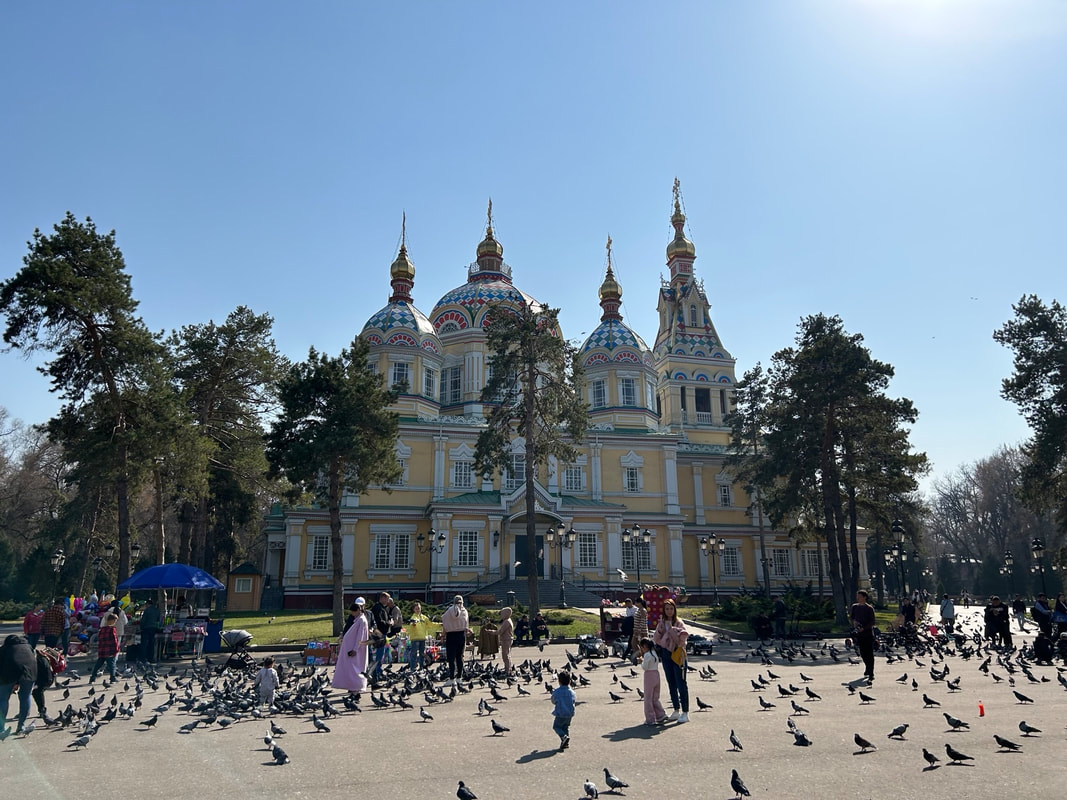
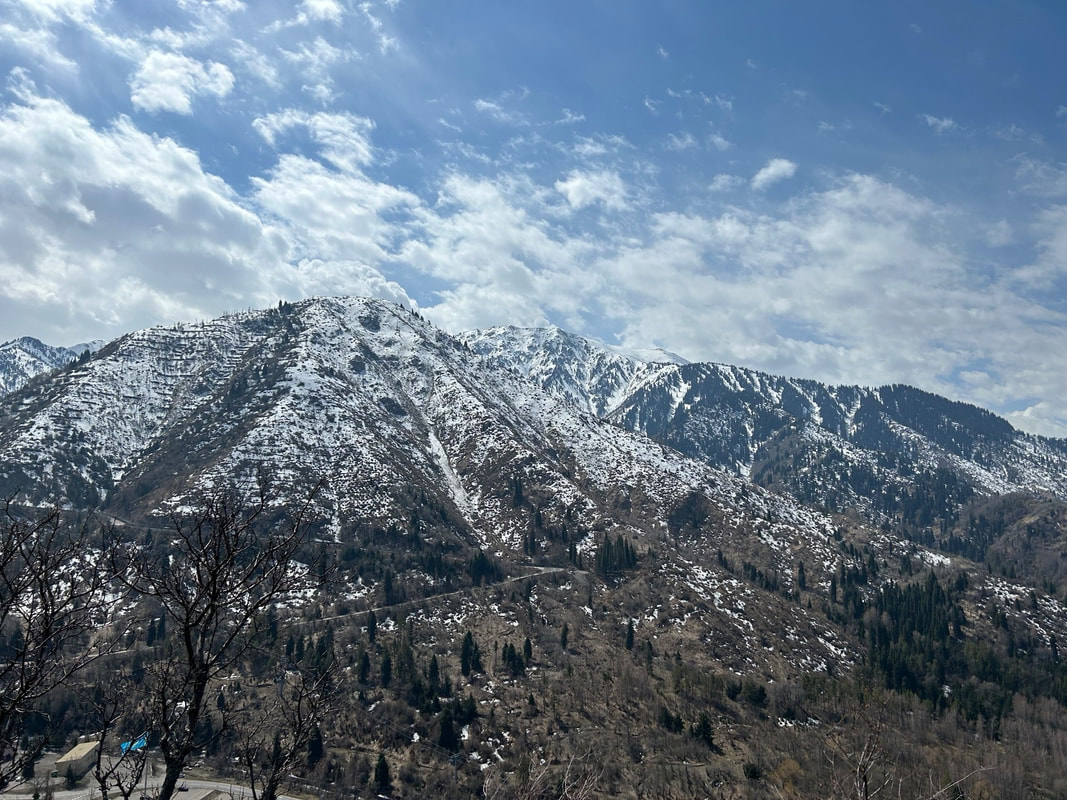
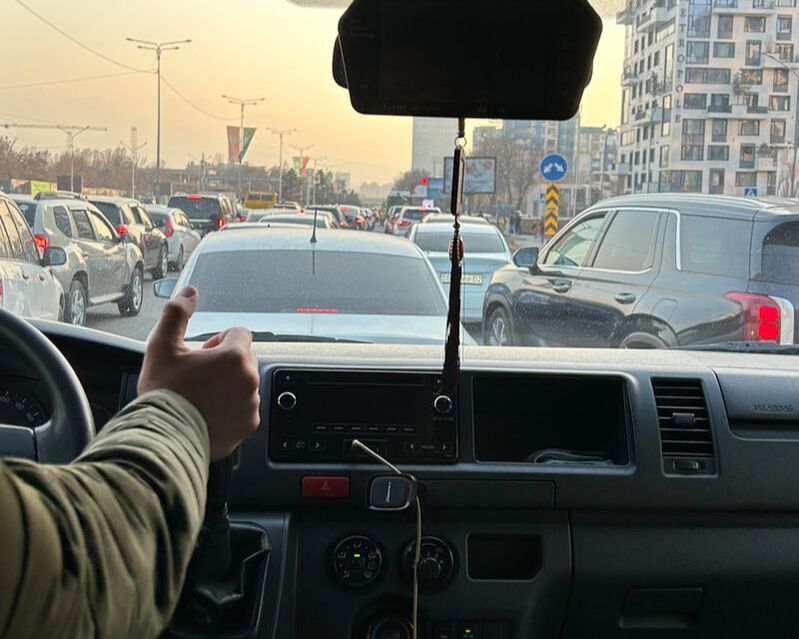
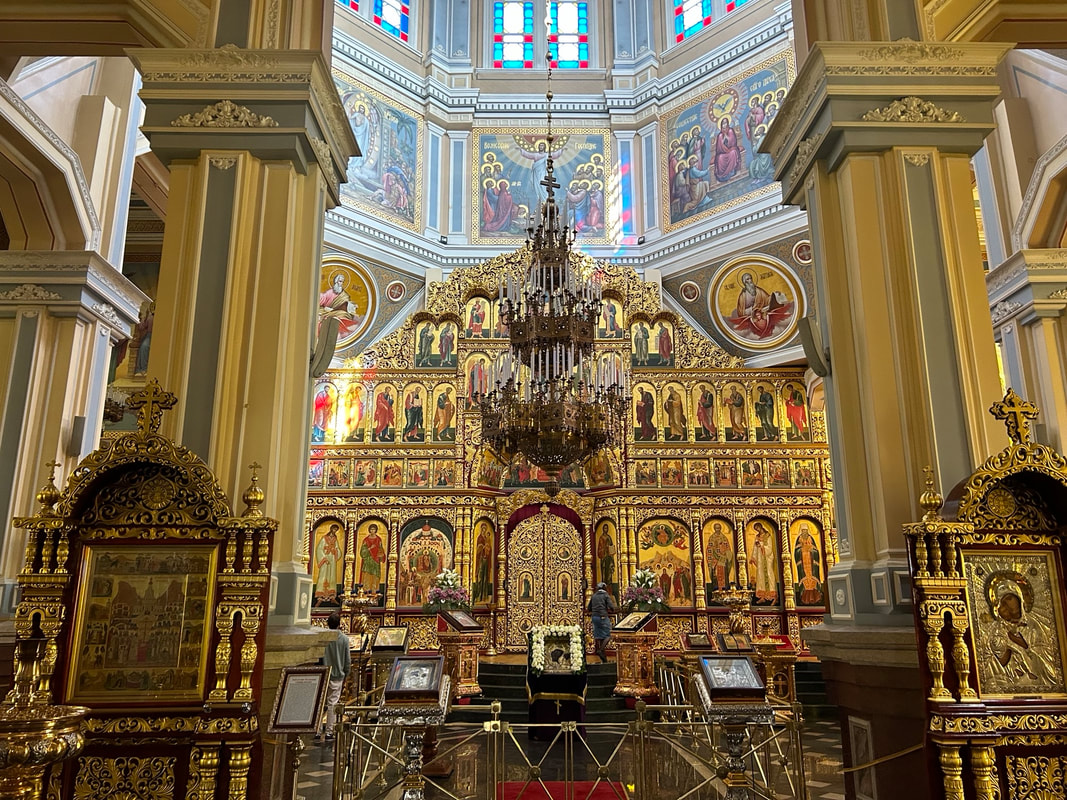
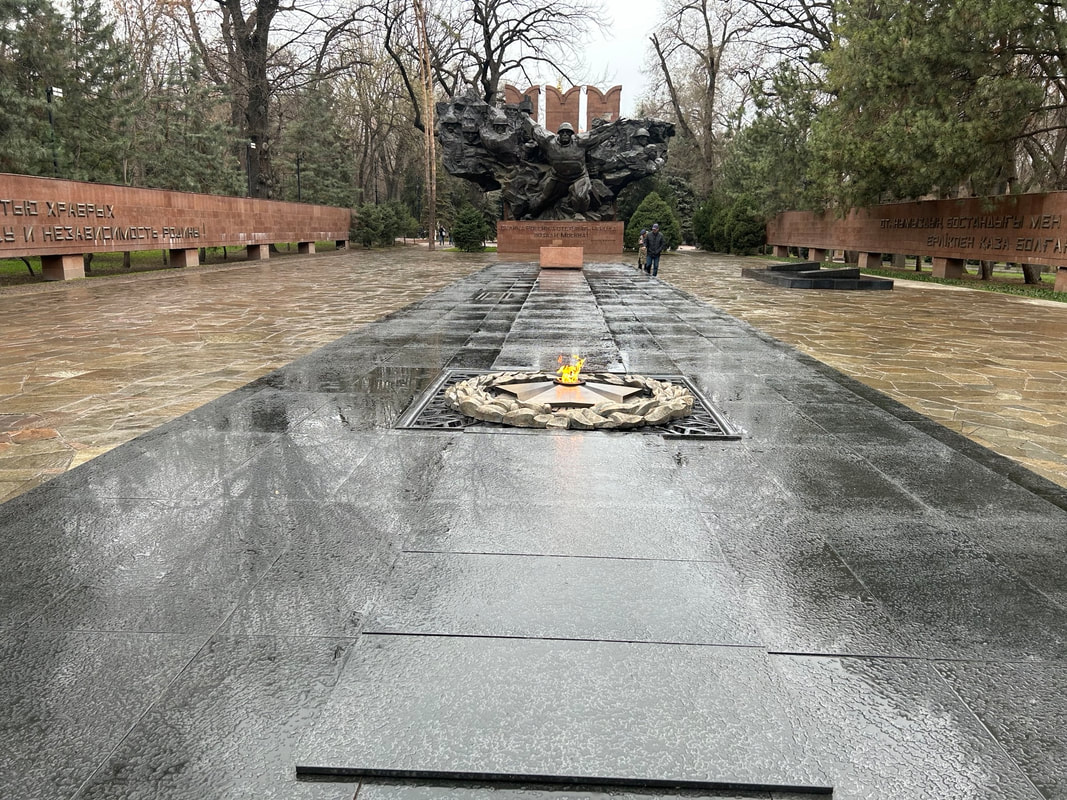
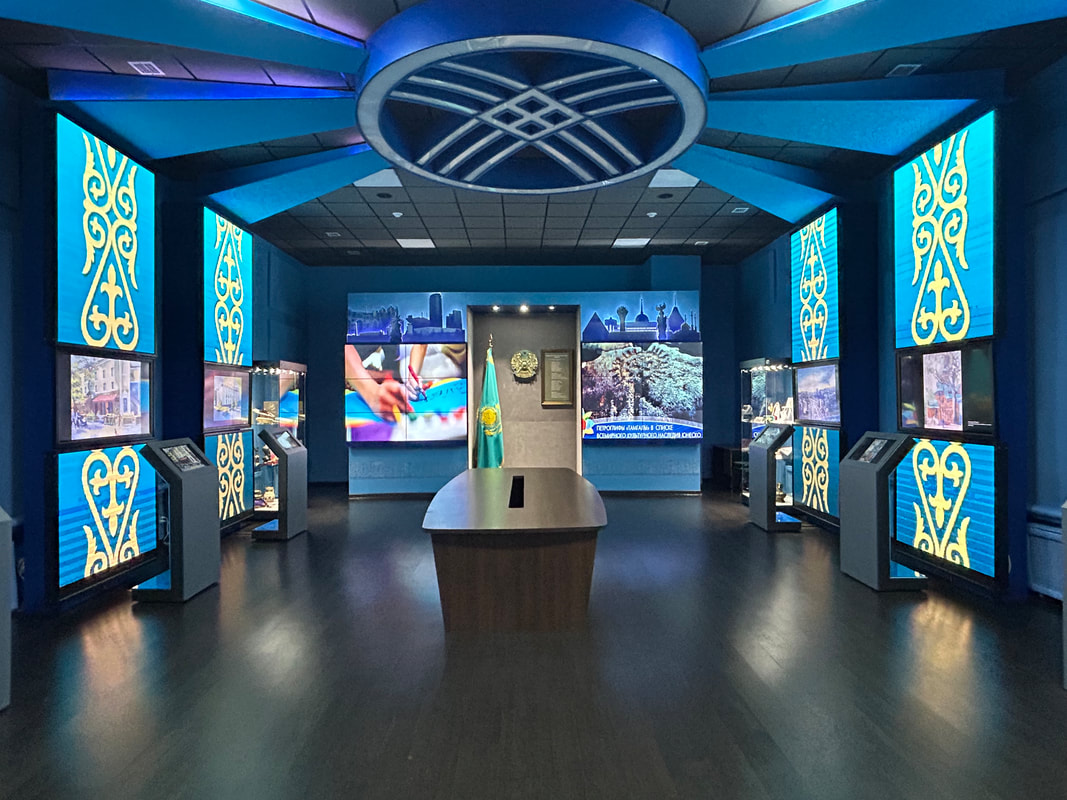
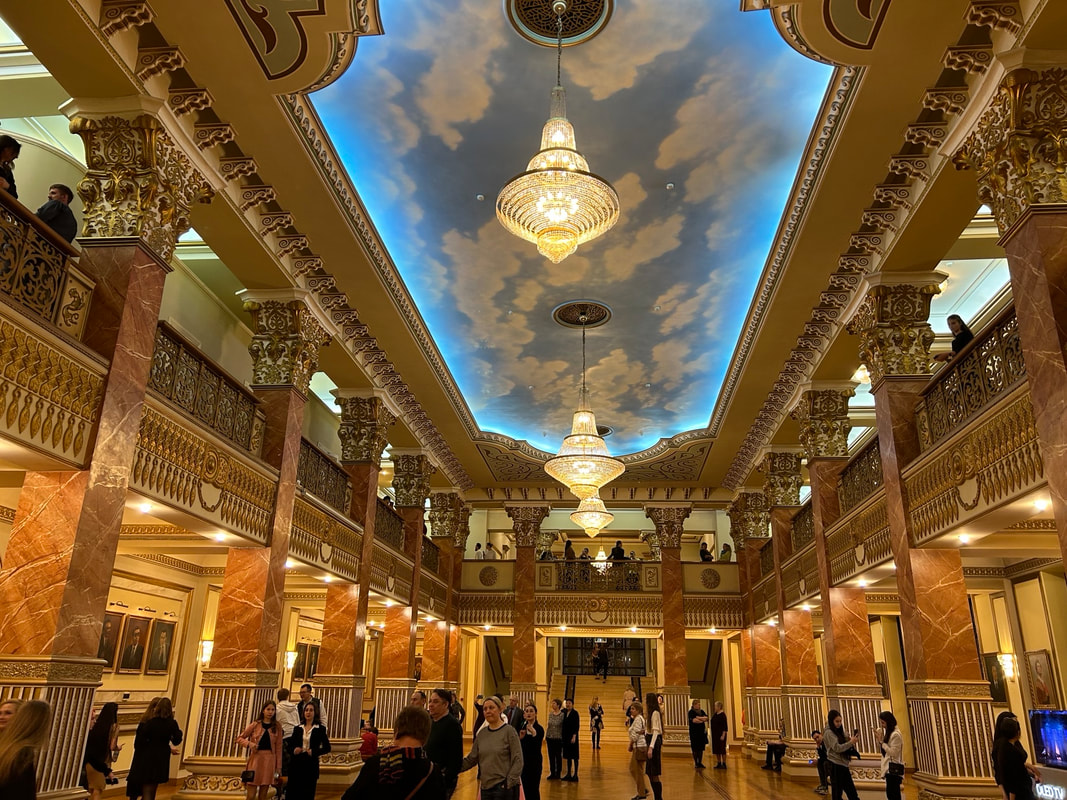
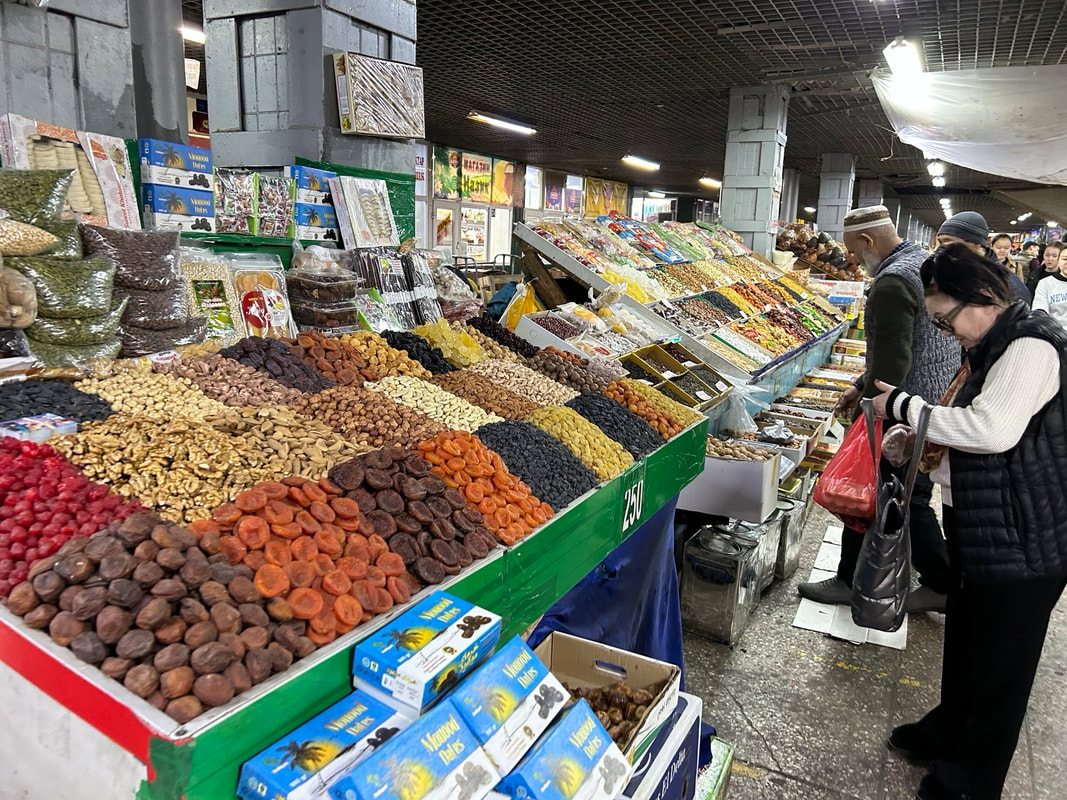
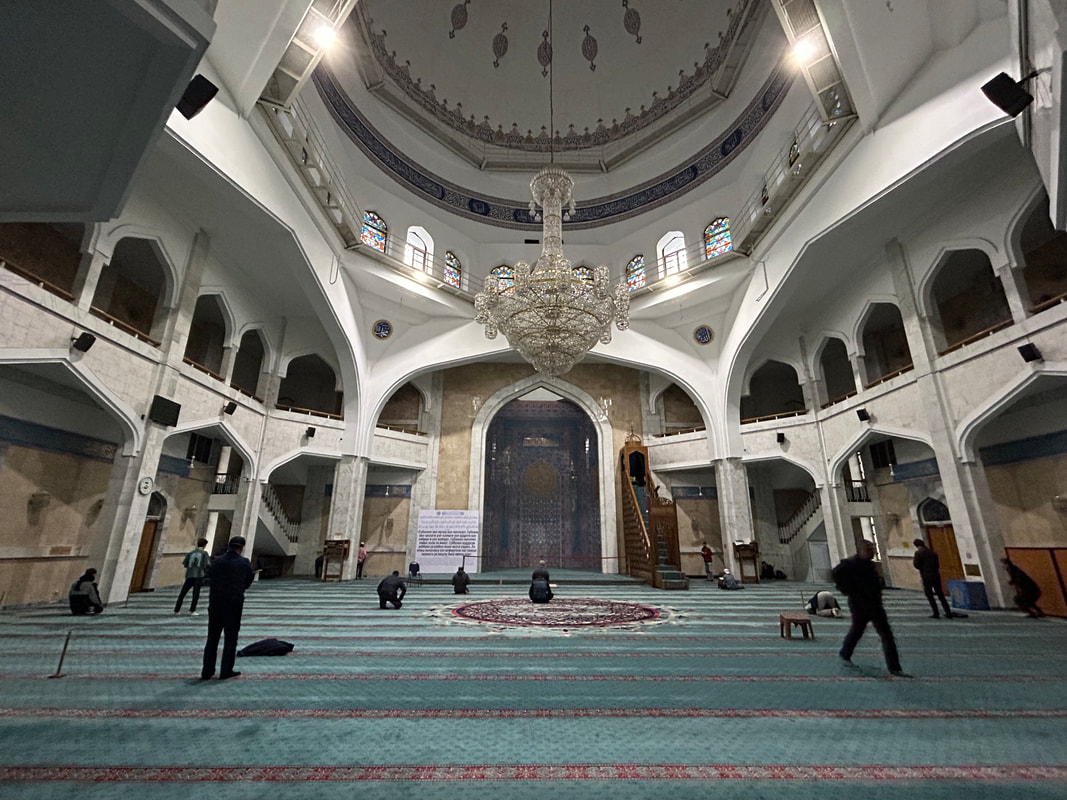
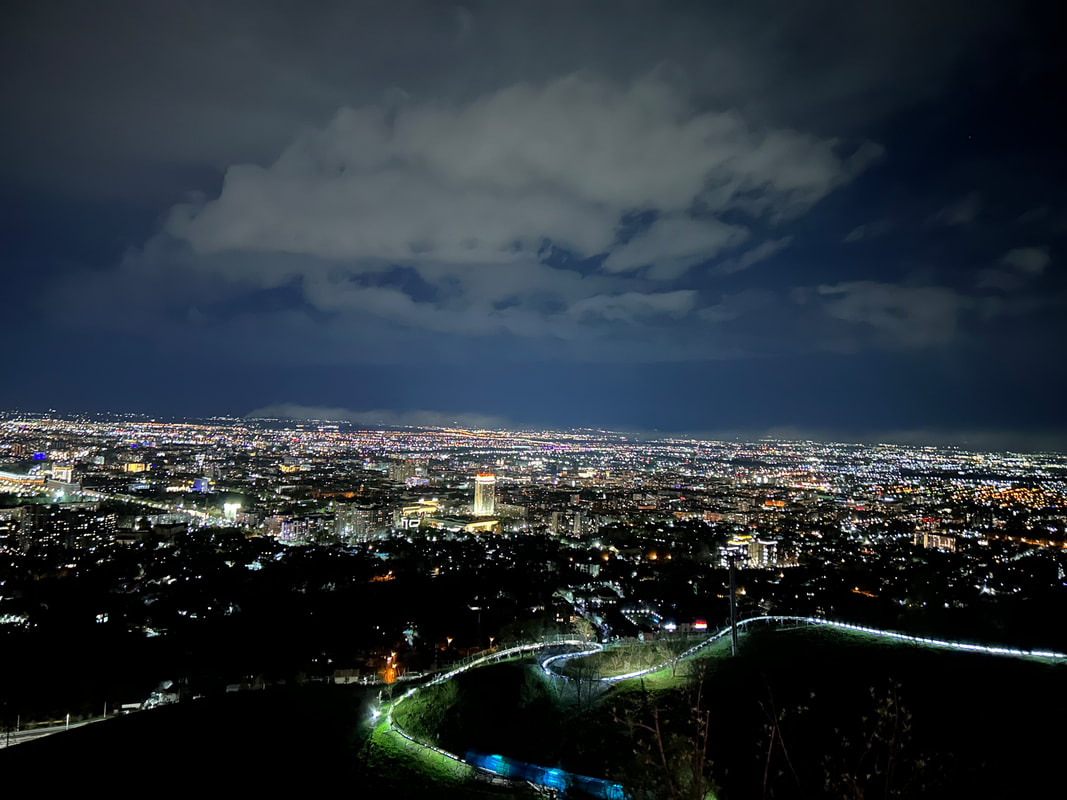
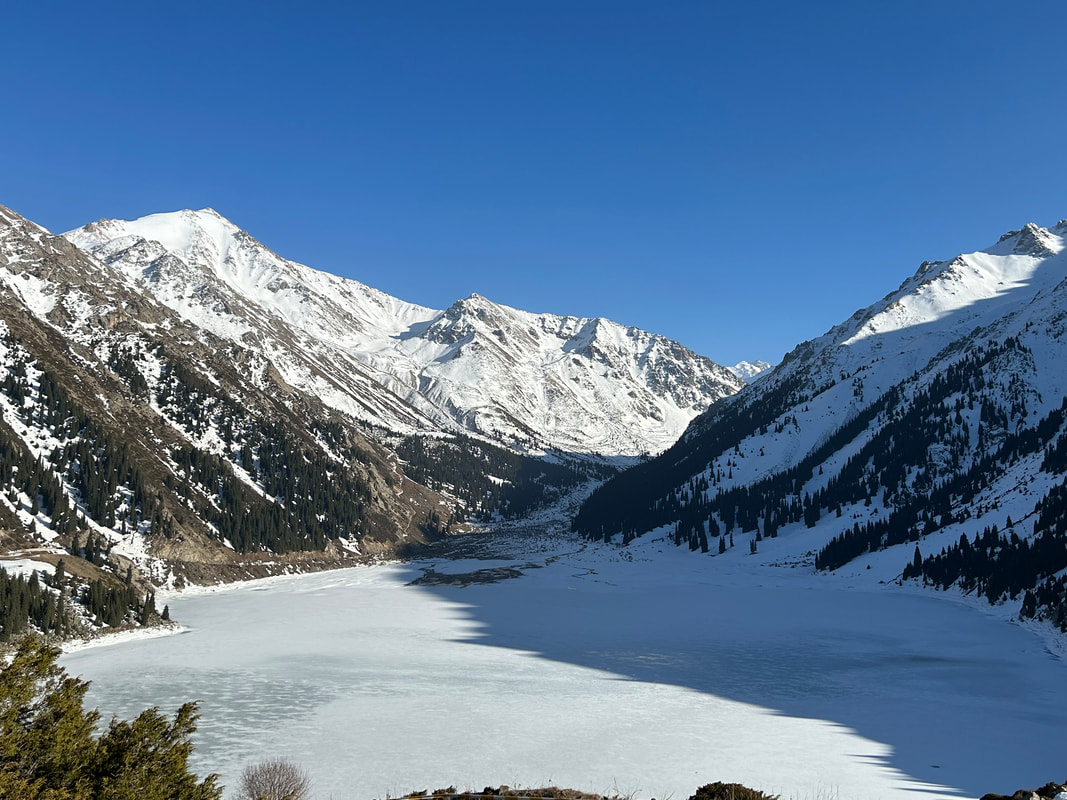
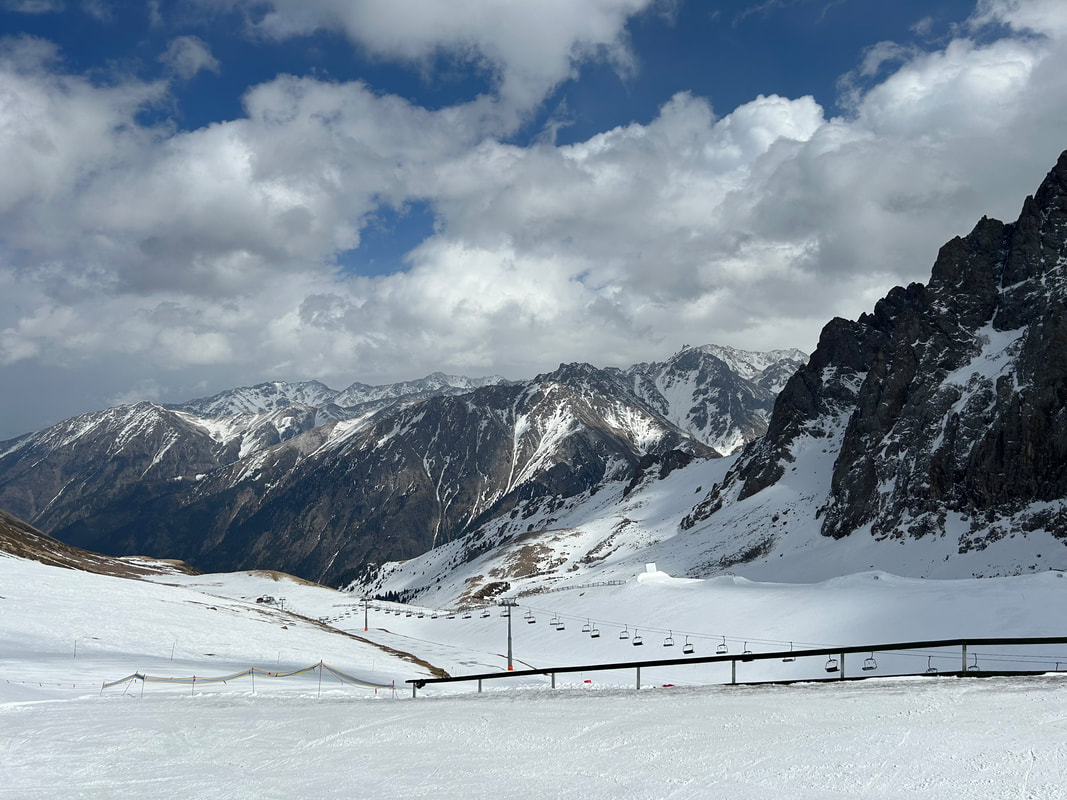
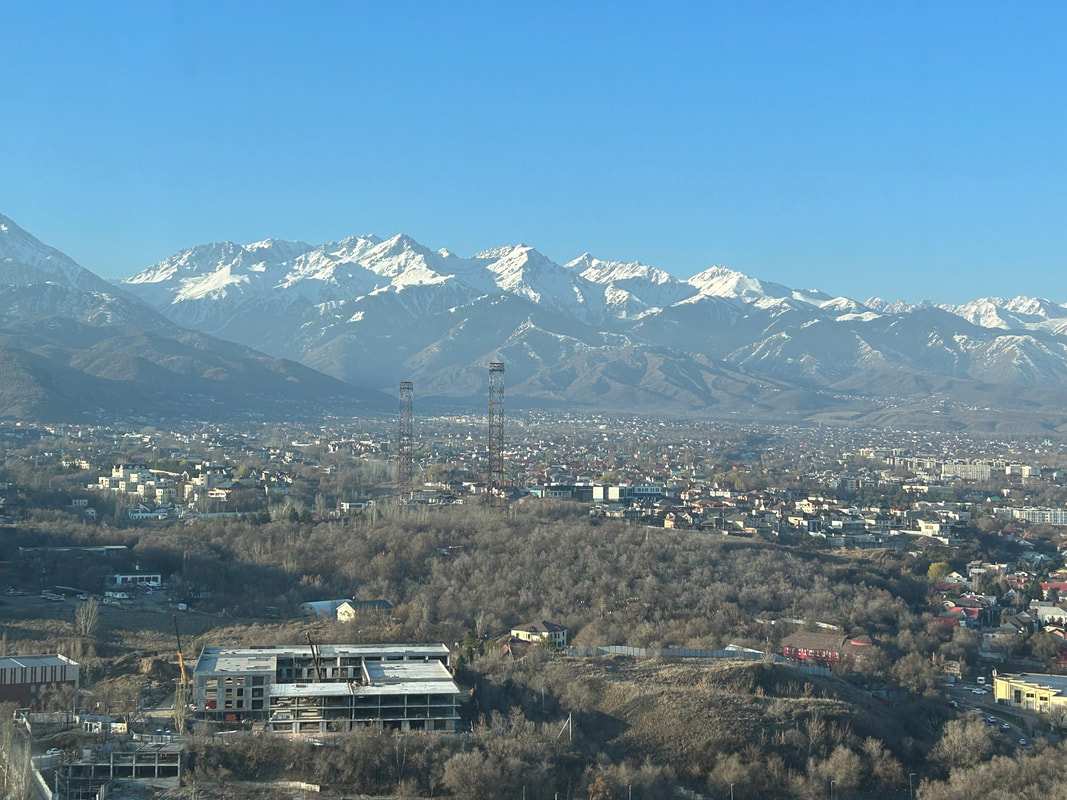
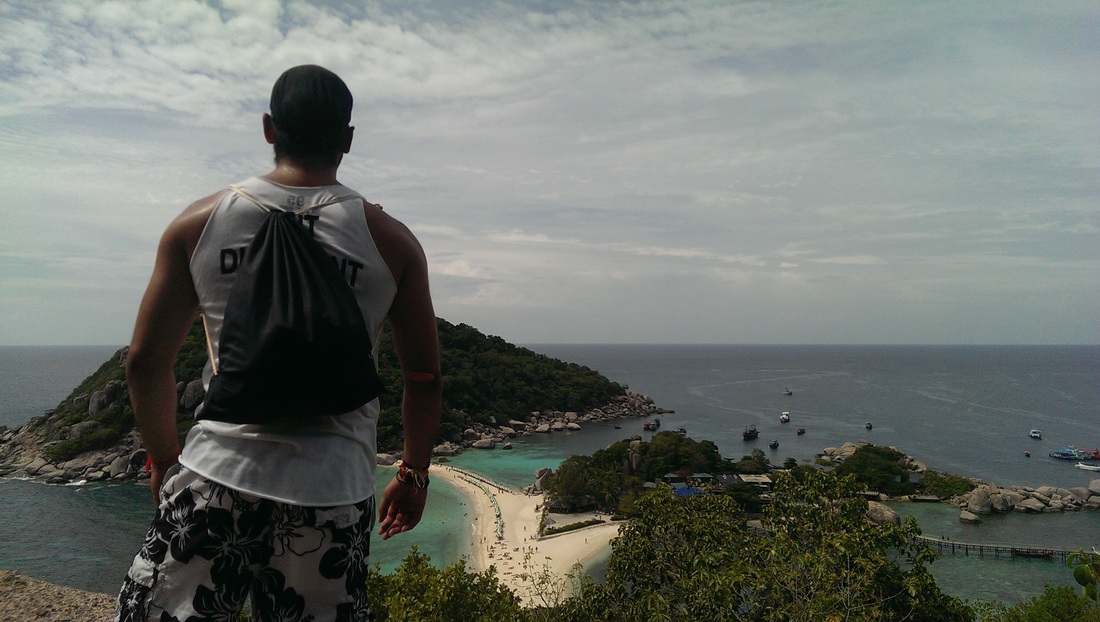
 RSS Feed
RSS Feed